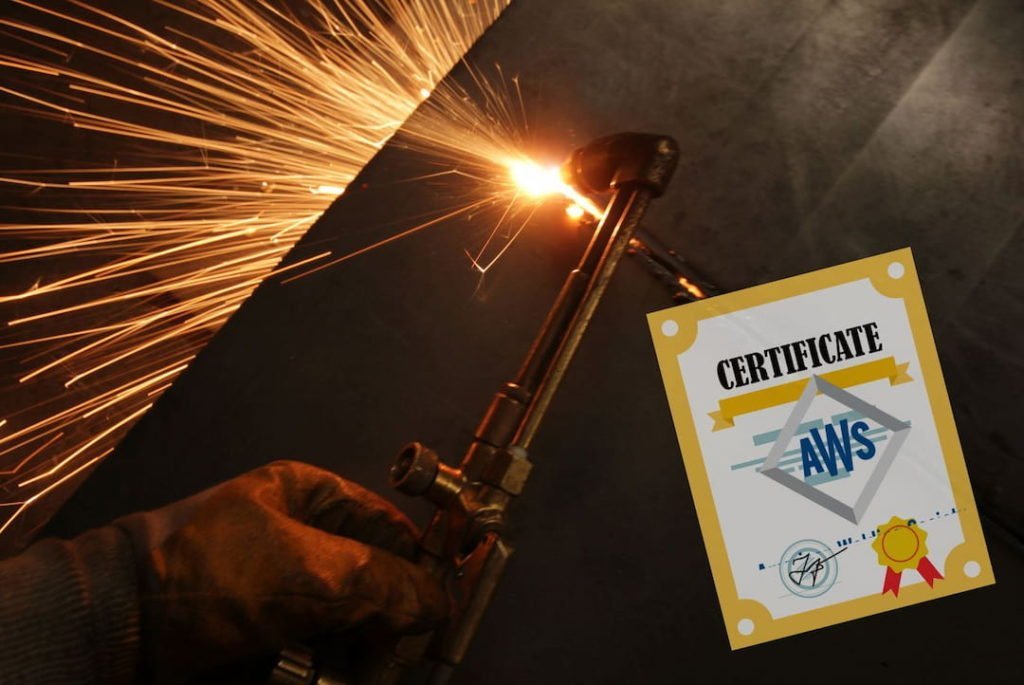Welding is a skilled trade that requires specialized training and a welding certification if you want to become a professional welder. Here’s my breakdown of the training and professional certifications required for welders, including different types of welding jobs that you can pursue after completing the training and earning your welding certification.
Table of Contents
Training to Get a Welding Certification
To become a certified welder, your training will include the various welding techniques, safety procedures, and the proper use of welding equipment. Various training programs for welding are offered at vocational schools, community colleges, and specialized technical schools, approved by a certified welding inspector.
These programs usually last from 6 months to 2 years, depending on the level of training you need for a certain welding job. After completion, welding programs grant you certificates, diplomas, or associate degrees for various welding positions.
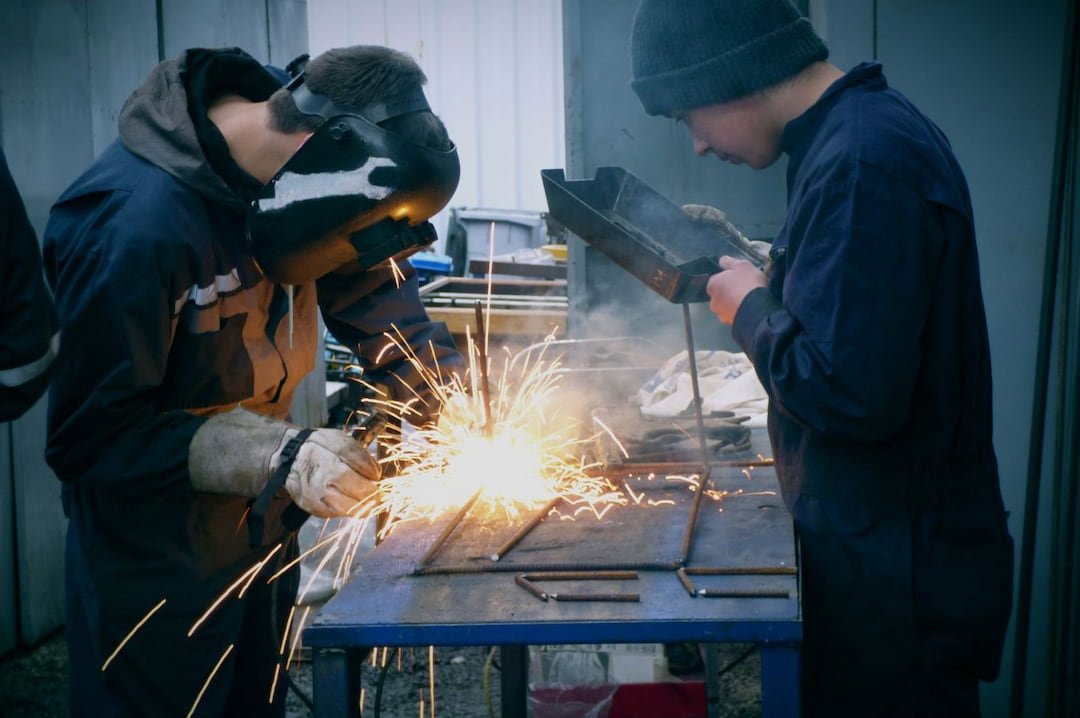
Welding Certifications Available in the US
Welding certifications are proof of a welder's proficiency and expertise in their craft. There are several certifying organizations that offer welder certifications in the US.
They include trusted organizations and institutions such as the American Welding Society (AWS), the National Center for Construction Education and Research (NCCER), and the National Welding Foundation (NWF). The American Welding Society (AWS), which offers most welding certifications, is the one that employers typically require.
These organizations offer various levels of welding certifications, ranging from entry to advanced levels. To get a welding certification, you need to pass a series of certification tests that evaluate your knowledge of welding techniques, safety procedures, welding processes, and the welder's ability to use welding equipment adequately with no weld defects.
Popular Welding Training Institutions
There are numerous popular training institutions for aspiring welders in the United States, including:
Lincoln Electric Welding School - Cleveland, Ohio
Tulsa Welding School - Tulsa, Oklahoma
Miller Welding School - Appleton, Wisconsin
Hobart Institute of Welding Technology - Troy, Ohio
UTI Welding School - Houston, Texas
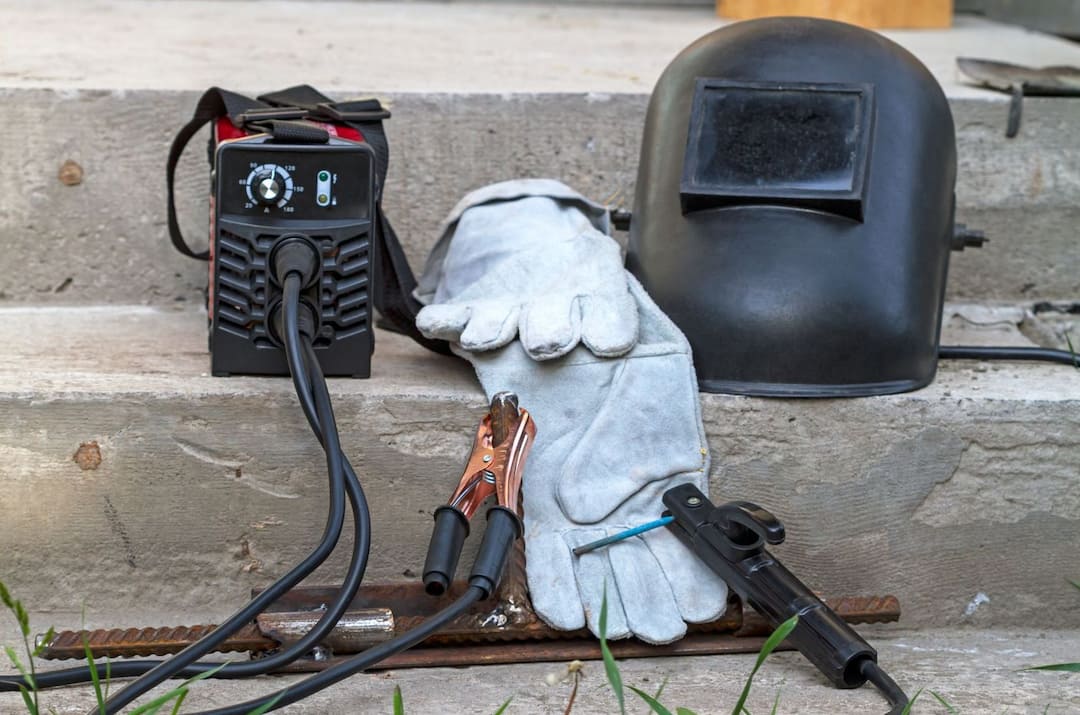
They offer hands-on training, classroom instructions, but also practical experience to prepare you for a successful welding career, all under supervision by a certified welding educator.
All graduates from these institutions (and other training facilities across the US) can expect to be proficient in various welding processes and able to perform different jobs for welding with utmost confidence and safety.
The Length of Training to Become a Certified Welder
The length of training for welding varies depending on the level of training required. It tends to get longer if you aim for higher welding certifications.
An entry-level welding training program typically lasts from 6 months to 1 year. Advanced programs for welding usually last up to 2 years. Afterwards, you can also go further and become a certified welding inspector.
The length of training can also vary depending on the type of welding you want to perform in the future, such as MIG (gas metal arc welding), TIG, Flux Core, or Stick welding (shielded metal arc welding).
Since welding is a complex and highly skilled job, it is expected of you to acquire a significant amount of training and practice to master the welding trade.
The Most Common Challenges That Welding Trainees and Training Institutions Face
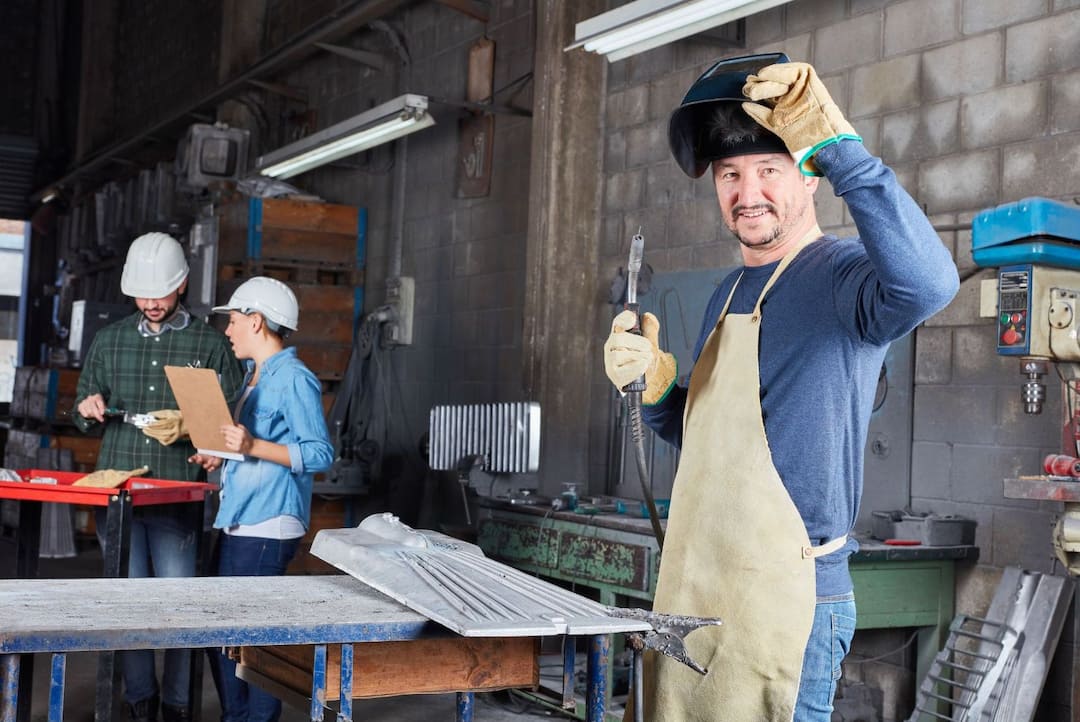
Is it difficult to get welding training and learn how to weld? Despite the high demand for skilled and certified welders, there are numerous challenges associated with welding training. These might make it difficult for you to get the right training in order to become a certified welder.
Accessibility of Welding Certification Institutions
Training for the welding process can be difficult to access for many people who live in rural or remote areas. The lack of welding schools can make it difficult for aspiring certified welders to get the hands-on training that they need to become skilled welders. Also, not all training centers provide training for all welding processes.
The Costs of Hands-On Welding Training Programs
Training for welding can be expensive, and without financial resources, you might need to get a loan to pay for the necessary hands-on training, common welder qualification test, and welding certification. The national average in terms of welding school costs is around $8.000 though some high-end training programs can cost up to $20.000
Safety Concerns During the Training Period
A welding profession can be quite dangerous. It often involves the use of potentially dangerous tools and equipment. As such, proper training and welding safety measures (wearing a protective welding helmet, gloves, long sleeves, leather apron etc) must be carried out to protect both the trainees and their instructors.
This can create additional challenges for training institutions as they are legally (and morally) obliged to make sure that their students are fully protected while learning the trade.
Acquiring Hands-On Welding Experience
Welding is a hands-on trade that requires a considerable amount of practice to master. We're talking years, folks! Unfortunately, many training programs for welding lack the resources or facilities for the lengthy hands-on training so ask around beforehand in order to choose the right training center for you.
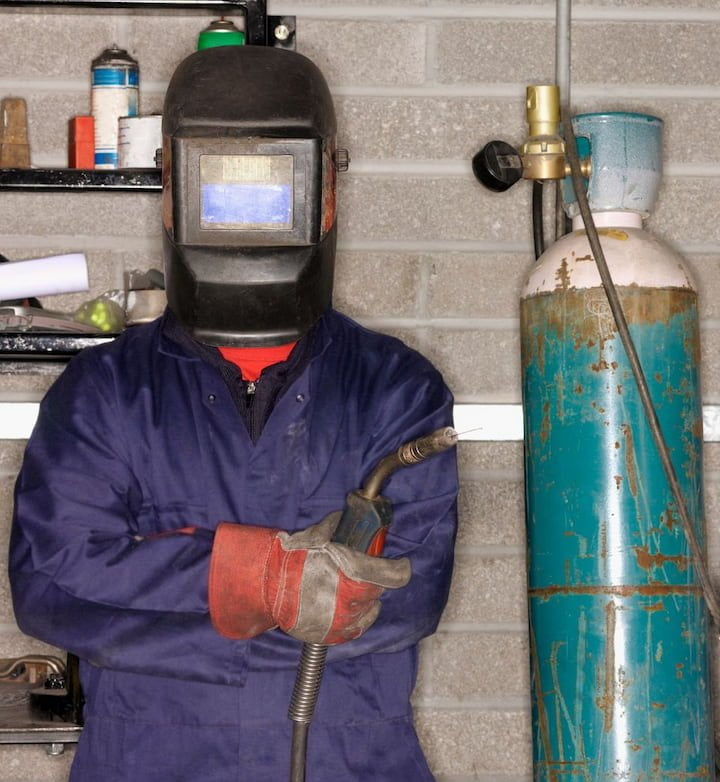
Keeping Up With Technology
Welding technology is constantly evolving. This means that the training centers where you receive the training in order to obtain welding certifications must keep up with these changes in order to provide their students with the latest and most effective training equipment and methods.
This can be a challenge for training institutions because they must constantly update their curriculum and equipment in order to stay up-to-date with the latest welding techniques and technologies. This can be extremely costly so choose a welding certifications center that is well-funded.

Despite these challenges, welding training is essential if you are interested in becoming a certified welder. By overcoming the challenges I listed above, you can receive the training you need to become a certified welder and be skilled in the welding trade.
As for the training institutions, they can provide high-quality training programs that are critical to meet the demand for skilled welders and certified welding inspectors in the US in the future.
Various Welding Jobs Available After Training
Upon completion of your training, passing your welding certification tests and after you get your welding certification, you can pursue a career in a variety of job types with different ranges of salaries and benefits.
Structural Welder - Is responsible for welding metal components of buildings, bridges, and other structures. A good welder salary is guaranteed for a certified steel structures welder, because working on tall structures is more difficult than usual welding.
Pipe Welder - Pipe welding certifications specialize in welding pipes, fittings, and other components of pipeline systems, especially gas and oil. A solid salary is guaranteed for pipe welders. Without a welding certificate, pipe welding is frequently more difficult and requires a greater level of welding expertise.
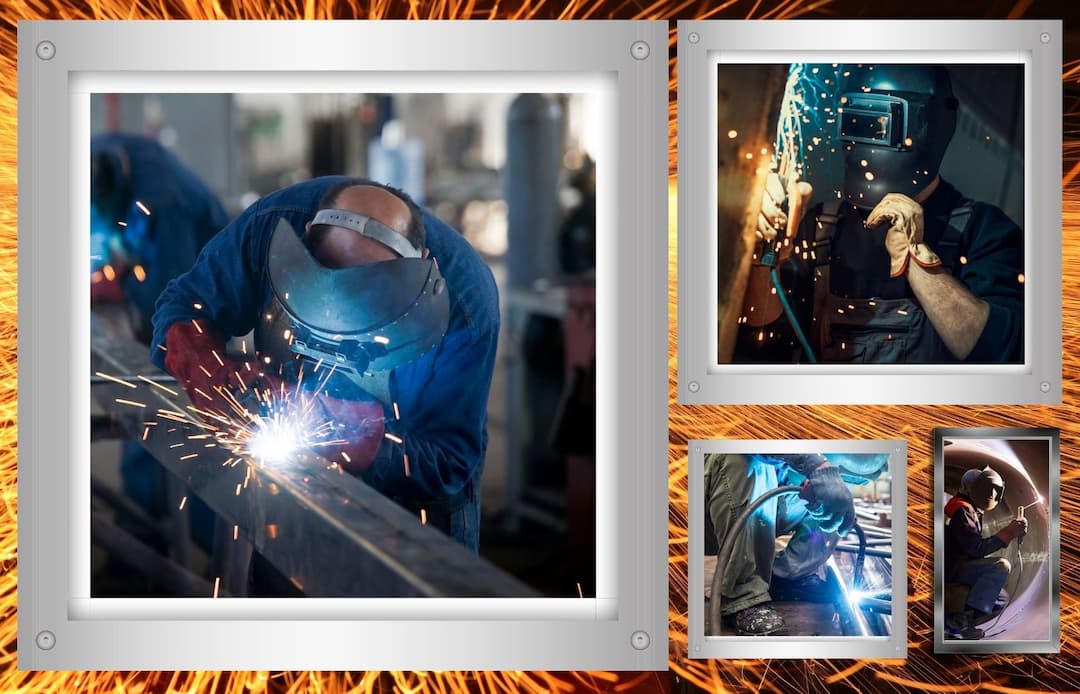
MIG Welder ( gas metal arc welding ) - Uses a continuous wire feed and shielding gas to weld metal components in a multitude of welding projects. You can also pursue a solo career in MIG welding and open your own shop.
TIG Welder ( gas tungsten arc welding ) - Uses a tungsten electrode and shielding gas to create precise and intricate welds in various applications. Employers like if you are skilled in TIG welding as it’s more difficult than MIG.
Stick Welder ( shielded metal arc welding )- Uses a consumable electrode to create a welding arc and join different metal components together. Applications are endless in variety.
In addition, in order to land a better-paid job, you can specialize in a particular welding industry, such as aerospace, oil, construction, military, underwater, or numerous manufacturing industries.
Alternatively, you can enter a community college and become a certified welding engineer because welding engineers earn quite a solid salary. A certified welding inspector also earns more, because welding inspection is not an easy task to do!
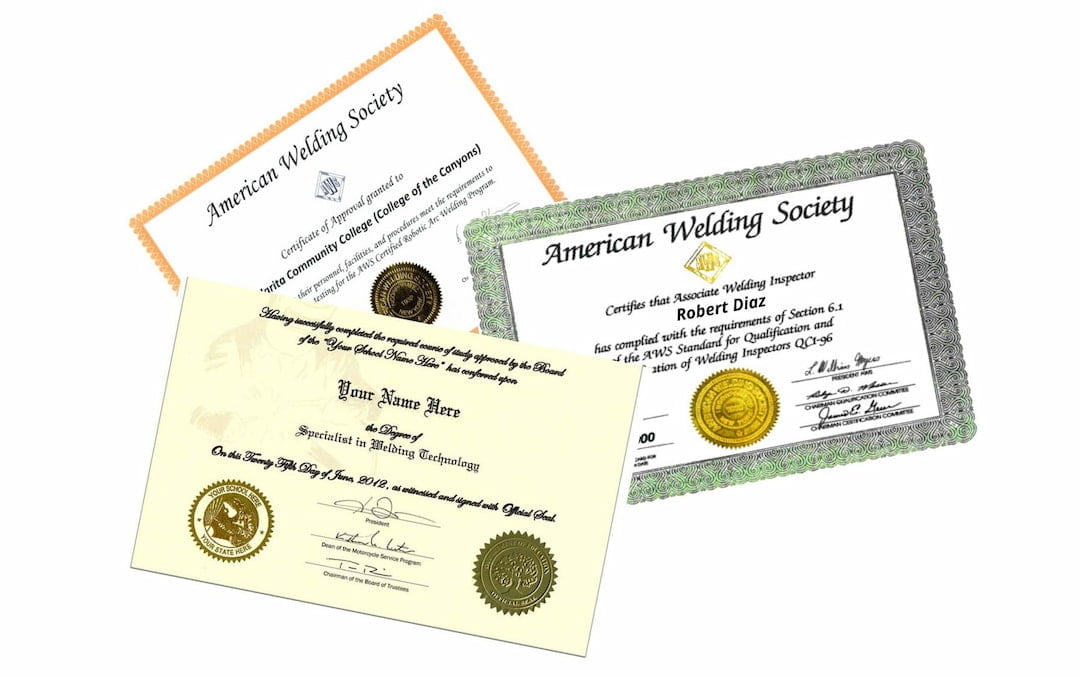
FAQs
Which welding certification is best?
The Certified Welding Supervisor (CWS) is the highest certification available to welding professionals. CWS certifications are highly recommended for those who have reached managerial positions in the field.
What certifications do you need to weld?
The main certification most employers require is the basic AWS Certified Welder certification. You will need to take an exam to earn this certification. It is offered at many AWS Accredited Testing Facilities.
What is ASME welding certification?
ASME welding certification sets qualifications that focus on the structural integrity of welded products. ASME is a top standard for many welding applications where the quality and integrity of the weld is of utmost importance.

In Conclusion
Welding is a highly skilled trade. It requires specialized training, welding skills, passing welder qualification tests, and a welding certification for most jobs in the market. Various training programs for welding are offered at vocational schools, community colleges, and technical schools.
American Welding Society (AWS), the National Center for Construction Education and Research (NCCER), and the National Welding Foundation (NWF) are some of the most renowned and trusted institutions. Most companies require a welding certification from the American Welding Society.
Typically, they last from 6 months to 2 years. Do we recommend getting trained and obtaining a welding certification? Absolutely, and good luck with your future welding positions, be it a certified welder, a certified welding engineer or a certified welding inspector!
